Structural Mechanics Blog Posts
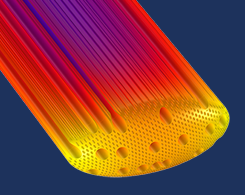
6 Ways Engineers Are Using Simulation to Help the Environment
Energy-efficient buildings and appliances. Safe nuclear waste storage. Well-preserved freshwater lakes. These are just a few examples of how simulation is being used to help the environment.
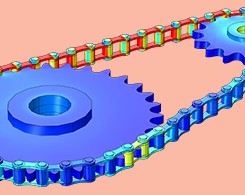
How to Model a Chain Drive in COMSOL Multiphysics®
You’ve already learned how to use built-in geometry parts to model roller chain sprocket assemblies. Now, learn how to use the geometry as an input to automatically generate a chain drive model.
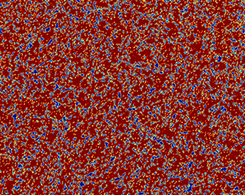
Material Characterization by Means of Simulation
Carbon-based materials, such as synthetic specialty graphites, are found in many industries, including solar, semiconductor, car manufacturing, ceramics, and metallurgy.
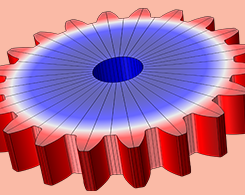
Simulating the Carburization and Quenching of a Steel Gear
Gears are typically carburized and quenched to improve their fatigue durability and wear resistance. Simulation can help determine how these processes affect the gear’s residual stress state.

Verifying a HAMSTAD Benchmark for an Insulated Roof Model
Heat and moisture (HAM) transport is an important area of study for building materials and structures, as it can affect the rate and coverage area of mold growth.
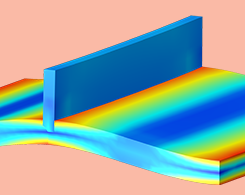
How to Predict the Fatigue Life of Welds
After an introduction to the welding process and weld geometries, we compare the nominal stress method, notch stress method, and hot spot stress methods for predicting the fatigue life of welds.
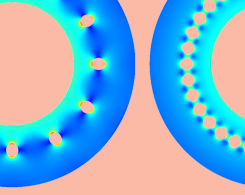
Making Structures Stronger by Removing Material
To make a structure stronger, sometimes you have to take material away instead of adding more. We go over concepts like fillets, load paths, and displacement control to demonstrate this concept.
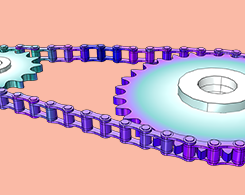
Building Roller Chain Geometries in the Multibody Dynamics Module
You can easily set up a geometry model of a roller chain, sprocket, or roller chain sprocket assembly using the built-in parametric geometry parts in the COMSOL Multiphysics Part Library.
